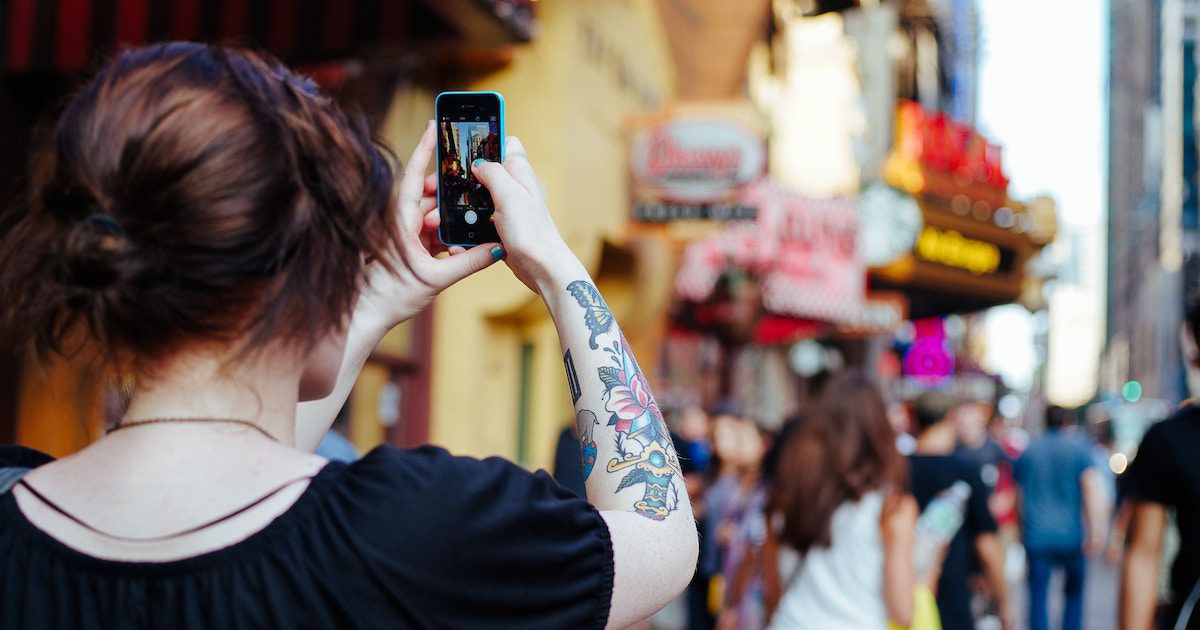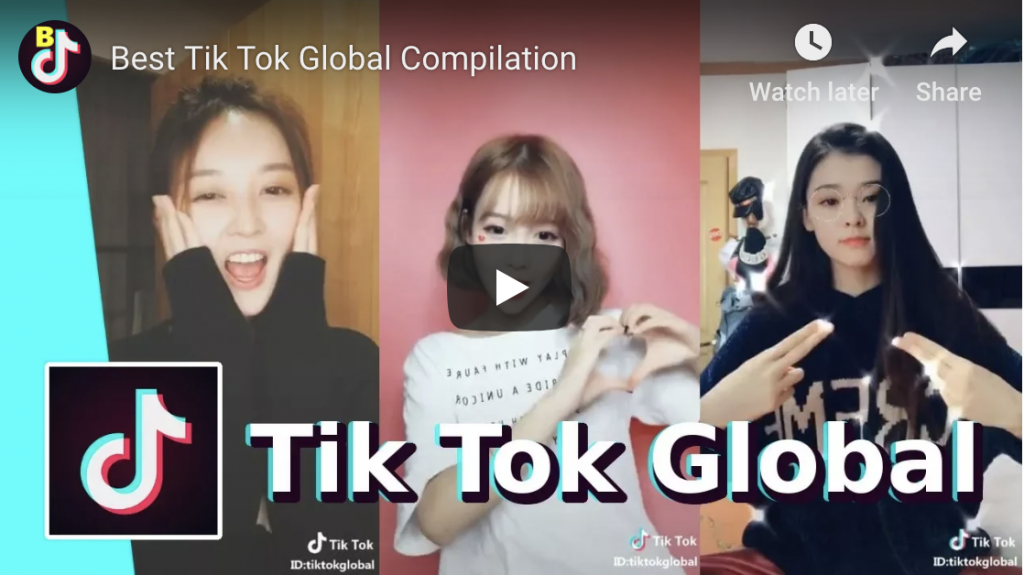In the midst of 4th quarter marketing campaigns and the race to end 2018 with a bang, marketers should also start looking ahead to the new year. It’s a good time to take stock of your social media marketing strategies to assess what’s working and where you have room to improve.
There is a lot of chatter about emerging social media sites, and where brands should make investments in 2019. Unfortunately, no one has a crystal ball to see who is going to be the next Facebook, Instagram, or Snapchat. And the decision for a brand to invest in a new social media platform is a big one. Launching a social media profile almost always results in the need for more human resources, content creation, and advertising budget.
So how is a social media marketer to decide?
Social media platform decisions should align with goals and trends both within your organization and industry-wide. Below, we take a look at the overall direction of social media and how four emerging platforms address those trends.
Trend #1: Focus on Generation Z
If your organization isn’t already thinking about how to engage with the new generation of consumers, it should be.
According to research from Bloomberg, Gen-Z is set to surpass Millennials in 2019 as the most populous generation, making up about 32% of the total population. They are also making a big impact on purchasing decisions. According to Nielsen, Millennial buying power is an estimated $65 billion, while Gen-Z has already eclipsed that with an estimated $100 billion in purchasing power.
Whether you’ve noticed or not, Gen-Z has also already made its mark social media. They crave extremely personalized experiences, but also fiercely protect their privacy. Gen-Z favors ephemeral platforms over highly-produced social media, changing the way marketers create and think about content.
Gen-Z is often the first to adopt new social media sites, opting to spend time on the platforms where their parents aren’t (read: Facebook).
Social media platform your brand should check out: Houseparty
Houseparty is a live group video chat platform that allows you to connect with contacts saved in your phone via group video chat. You can chat with up to 8 users at a time. It’s similar to other video apps like Google Hangouts, but the big differentiator is that you don’t have to request to join a chat. You just get online and are automatically able to chat with anyone you’re connected to.
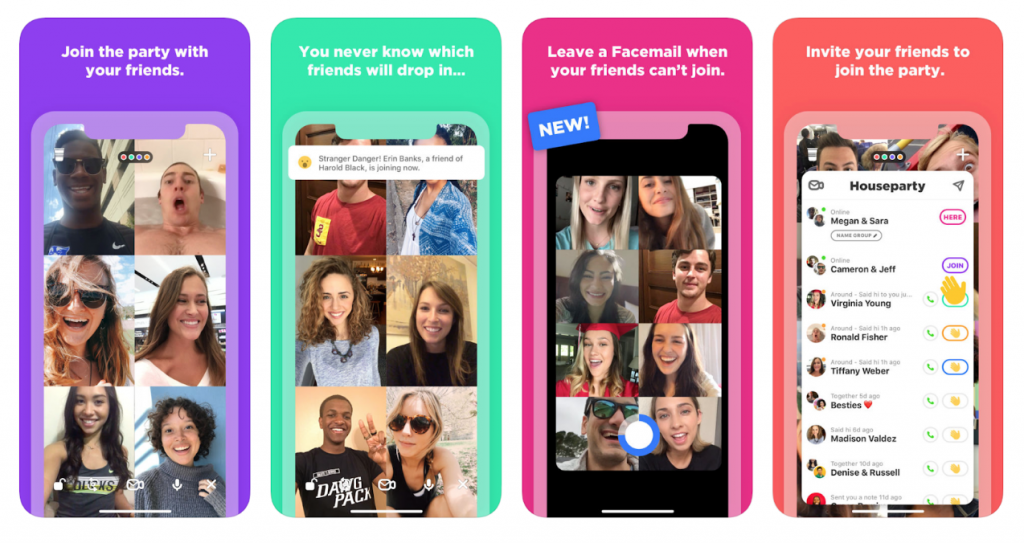
Houseparty, The platform to engage Gen-Z
Why it’s interesting:
- Houseparty is the #4 most-downloaded social network app on the iOS App Store
- It’s one million users spend 20 million minutes each day hanging out on the platform
- 60% of users are under 24, so it’s a prime place to reach Gen-Z
How marketers can use it:
Houseparty is not a broadcast medium centered around discovering new content. It’s built for existing relationships – and this could make product placement more difficult. However, it is a good place for brands to join in on conversations already happening. Brands could partner with influencers to get them involved with conversations on the app or use it to gain insights on what young consumers are already talking about.
Trend #2: The Rise of Messaging
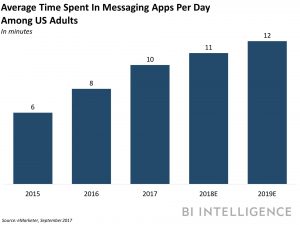
Estimated average daily time spent on a messaging app
In 2018, the combined total monthly active users of the top 4 messaging apps grew to 4.1 billion. And those users are also spending more time on the apps. The average daily time each user spends on a messaging app is expected to be 12 minutes in 2019.
As social media sites become harder to leverage, this very large user base offers a prime market for brands to target. From automating and improving customer service to driving direct sales and building more 1-to-1 relationships with customers, messaging apps present several opportunities for brands.
A Social Media Platform to Embrace Messaging: Kik
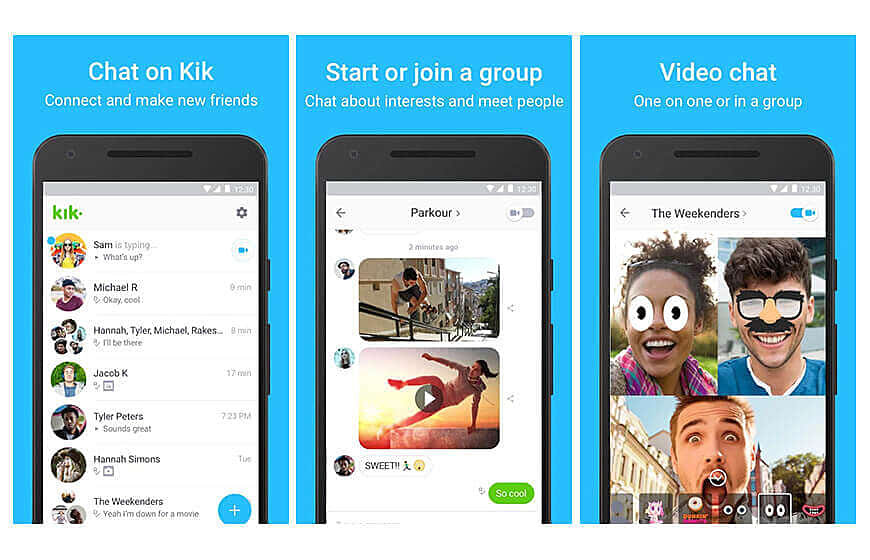
Kik, a cross-platform mobile messaging app.
Kik is a cross-platform mobile application used for instant messaging. It is similar to Facebook Messenger or Snapchat. Users can message individual friends as well as groups on Kik. Kik’s main differentiator is privacy. Unlike other messaging apps, it doesn’t require a phone number to register. Instead, users can maintain anonymity by registering with a username or email.
Why it’s interesting:
- Kik is ranked as a top ten app with teens in the United States
- Kik tracks it’s 300 million users by IP address and age, so targeting by location and age group is easy for marketers.
- Users can make money (Kik has its own cryptocurrency called Kin) by taking brand surveys, sharing content or other activities on the platform.
How marketers can use it:
As with other messaging platforms, Kik’s API allows brands to create automated bots to manage client interaction. Brands such as Sephora and CNN have had success with Kik bots.
Kik also allows users to engage with companies through opportunities to earn Kin in exchange for taking a brand’s desired action. Kin can then be redeemed online through the gifting platform Hawk. This feature offers brands a way to drive further interaction with consumers.
Trend #3: Influencer Marketing
The influencer marketing industry is currently worth over $1.5 billion, and that number is on the rise. According to a recent studio from the World Federation of Advertisers (WFA), 65% of brands intend to increase spending on influencer marketing in 2019.
There is no shortage of statistics on the effectiveness of influencer marketing and why brands are putting more money behind this channel.
- 70% of millennial consumers are influenced by the recommendations of their peers in buying decisions.
- 63% of G-Z prefers seeing “real people” (influencers and peers) in ads.
- 30% of all consumers are more likely to buy a product recommended by a non-celebrity blogger.
Social media site to help you capitalize on influencer marketing: Vero
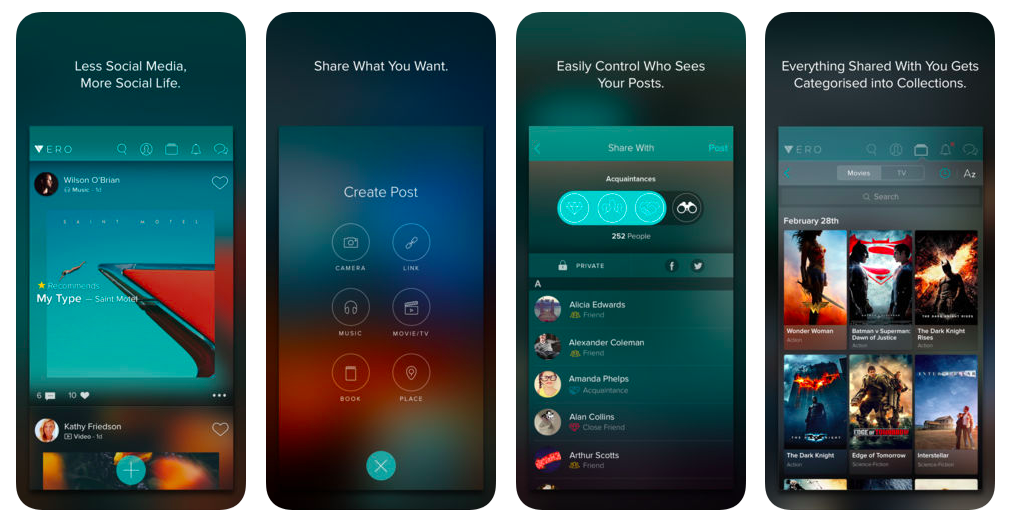
Vero, a Social media site to help you capitalize on influencer marketing.
Vero calls itself the “authentic” social media platform because it doesn’t use an algorithm to determine what users see and, at least for now, is completely ad-free. Vero is similar to Instagram, offering users the ability to share all types of content with their followers, who can be classified as a friend, close friend, acquaintance, or follower.
Why it’s interesting:
- Vero launched in 2015, but didn’t see massive growth until February 2018, when it added upwards of 500,000 users in 24 hours.
- The platform’s growth is thought to be attributed to the algorithm challenges on Instagram.
- It’s completely free, but the owners have expressed interest in pursuing a subscription model in the future.
How marketers can use it:
Since there is no algorithm to determine which content gets seen, Vero offers brands and influencers an organic platform where their content will be seen. (Think back to the early days of Facebook and Instagram). This makes the platform especially enticing for influencers who have found it increasingly difficult to maintain their presence on Instagram.
“I chose Vero, because of what the platform stands for and its care for the creators and its users. . . It’s a place you don’t have to worry about algorithms and can be free to fully express yourself.”
–Christian Collins, 3.5M followers on IG and over 2M subscribers on YouTube
Brands that are interested in exploring Vero should set up a profile, encourage customers to follow and use it as a discovery tool to identify new influencer partners.
Trend #4: Continued Growth of Video Content

By 2020, an estimated 80% of global internet traffic will be attributed to videos
By 2020, an estimated 80% of global internet traffic will be attributed to videos. Both marketers and consumers are jumping on the video bandwagon: 87% of marketers are using video in their campaigns and 90% of customers say video helps them make buying decisions (Mobile Monkey).
In the past 30 days, more online video content has been uploaded to the web than the past 30 years of TV content. An increased amount of video content (including live streaming, vlogging and produced video) will lead to increased competition to distribute that content on mainstream social media platforms such as YouTube, Facebook, and IGTV.
If video is a key part of your strategy moving into 2019, it may be time to look to the emerging platform Tik Tok.
Short-Form Video Platform Tik Tok
Formerly known as Musical.ly, Tik Tok is self-described as “a destination for short-form mobile videos.” The company’s mission is to make everyone the creator and has built a platform that makes it easy for users to create and share videos with special effects filters, stickers, and more. Content on Tik Tok has an unpolished, authentic look that makes it highly engaging for a younger audience.
Why it’s interesting:
- Worldwide downloads are up 20% in the last three months, with U.S. downloads up 25%.
- Currently, Tik Tok holds the number one spot for social media app downloads, beating Snapchat, Instagram, Facebook, and YouTube.
- The platform fills the gap left by the popular video site Vine.
How marketers can use it:
In June of 2018, the platform announced partnerships with several big brands, including Hearst and NBCUniversal, to create original, short-form, vertical-video shows. According to Tik Tok, plans are in place to develop advertising formats and other ways to generate revenue from this original content.
It’s still early days at Tik Tok, but marketers should look to the emerging platform to create the type of video that younger audiences are engaging with.
What trends matter to your business?
While no one knows what the future holds for social media, platforms are emerging that aim to meet the wants and needs of today’s consumers. As a brand, the decision of which platforms to embrace should be based on which industry trends are most meaningful to your business goals.
Another resource you might find helpful:
- 9 Critical Components of a Successful Social Media Strategy
- 14 of the Most Successful Social Media Marketing Campaigns
Benefit from in-person social media strategy workshops and case studies.
Our social media marketing conferences feature a line-up of top brands, sharing their processes and best practices for creating a top-notch social media presence.

